A simple pantry staple, often reserved for thickening sauces, is the key to consistently creamy, tender, and surprisingly forgiving scrambled eggs. Food scientists and top culinary experts are highlighting an unlikely ingredient—cornstarch—as the solution to the common pitfalls of rubbery, dry, or weeping eggs. This Tip for Perfect Scrambled Eggs, which involves adding a starch slurry to the raw egg mixture, provides a scientific buffer that ensures a custardy texture, even for less experienced cooks.
The Science Behind the Perfect Curd
- The persistent challenge in cooking eggs is heat management. Egg proteins are delicate; when heated too quickly or for too long, they bond together too tightly. This process, known as coagulation, squeezes out water, leading to a tough, rubbery texture and a watery pool on the plate.
- The addition of a starch, such as cornstarch or potato starch, fundamentally changes this reaction. As explained by J. Kenji López-Alt, a celebrated food writer and chef, the starch works by physically getting in the way of the egg proteins.
- “A thickening agent is the answer to the previously-thought-impossible scrambled eggs fantasy: speed, and creaminess, all together,” explained Mandy Lee of the food blog Lady & Pups, whose technique was popularized by López-Alt in The New York Times. The starch granules swell with moisture and disperse among the proteins, preventing them from linking up too aggressively. This creates a protective matrix within the egg mixture.
- “It’s just concealing the fact that you overcooked your eggs,” López-Alt noted in a report from Slate, underscoring the technique’s forgiving nature. The starch slurry essentially acts as an insurance policy against overcooking, retaining moisture and guaranteeing a creamy result.
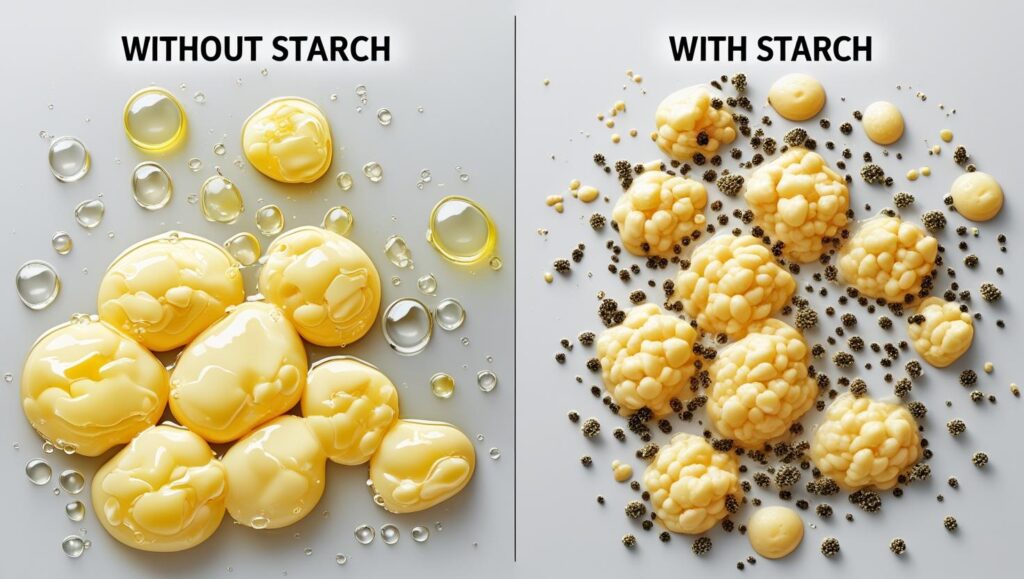
How to Apply the Starch Technique: A Quick Guide
The method is simple and requires minimal adjustment to a standard recipe. For every two or three large eggs, the general recommendation is to create a slurry with about 1/2 to 1 teaspoon of cornstarch and a tablespoon of liquid.
- Create the Slurry: In a small bowl, whisk the cornstarch with a cold liquid until it is completely dissolved and free of lumps. Milk, cream, or even water can be used. This step is critical; adding dry starch directly to the eggs would result in clumps.
- Combine with Eggs: Beat your eggs in a separate, larger bowl until uniform. Gently whisk the cornstarch slurry into the beaten eggs. Season with salt at this stage.
- Cook as Desired: Cook the egg mixture in a nonstick skillet over medium-low to medium heat. While the method provides a buffer, gentle cooking still yields the best texture.
The result is eggs that are noticeably creamier and hold their soft texture even as they cool slightly on the way to the table.
Contrasting with Traditional Methods
This scrambled egg tip stands in contrast to other popular professional techniques, which typically rely on fat and precise temperature control.
The Fat-Forward Approach
Many chefs, including the experts at America’s Test Kitchen, advocate for adding significant amounts of fat to achieve tenderness. Their method calls for enriching the eggs with half-and-half and extra egg yolks. The additional fat and water in the dairy and yolks work similarly to starch by interrupting protein bonding, resulting in tender curds. However, the cornstarch method achieves a similar creaminess without requiring as much added fat or dairy.
The Heat-Control Method
- Another well-known technique is championed by Chef Gordon Ramsay. His method involves cooking eggs in a saucepan, not a skillet, and constantly moving the pan on and off the heat. This agitation, combined with finishing the eggs with a dollop of cold crème fraîche or butter, rapidly halts the cooking process to prevent over-tightening of the curds. While effective, it requires constant attention and practice.
- The starch method offers a more passive, chemically-driven approach to achieving a similar outcome, making it accessible for home cooks juggling other breakfast tasks.
The Great Salt Debate
One of the longest-running debates in egg cookery is when to add salt. The conventional wisdom often suggested salting at the end to prevent the eggs from becoming watery.
However, modern food science has largely debunked this. Salting the eggs 10 to 15 minutes before cooking, or right after beating them as in the starch method, actually helps produce a more tender scramble. According to López-Alt’s research at Serious Eats, salt acts as a brine, denaturing the proteins in a way that prevents them from binding too tightly during cooking. Therefore, salting before the eggs hit the pan is recommended for a superior texture.
As culinary techniques continue to evolve, the application of basic food science offers home cooks new and reliable methods for perfecting classic dishes. This simple Tip for Perfect Scrambled Eggs—using a bit of cornstarch—provides a nearly foolproof path to a luxurious breakfast, removing the guesswork and delivering consistently creamy results. The only thing left is to decide what to serve them with.
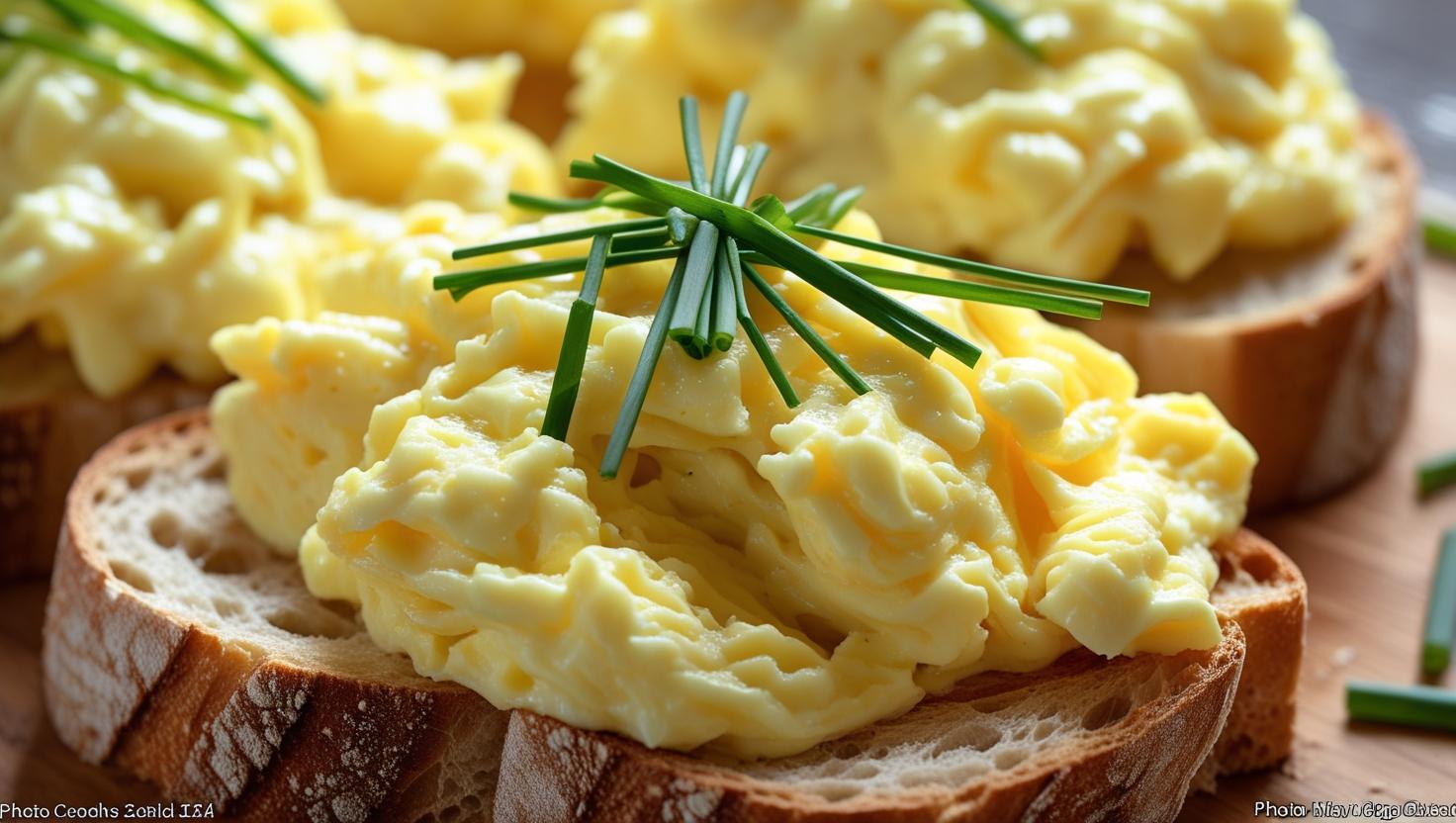

 How Quick Air Fryer Meals Are Reshaping the American Kitchen
How Quick Air Fryer Meals Are Reshaping the American Kitchen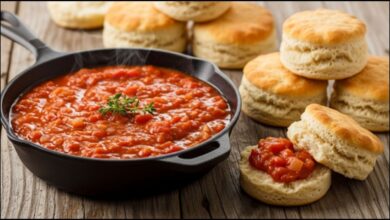 A Depression-Era Staple, Southern Tomato Gravy, Finds New Life in Modern Kitchens
A Depression-Era Staple, Southern Tomato Gravy, Finds New Life in Modern Kitchens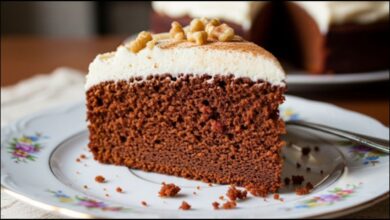 Why a Forgotten 1950s Cake with a Secret Ingredient Is Trending Again
Why a Forgotten 1950s Cake with a Secret Ingredient Is Trending Again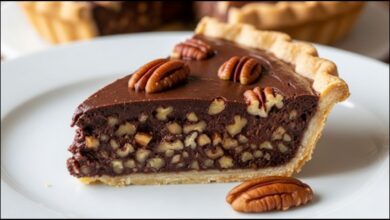 More Than a Dessert: How Tar Heel Pie Captures the Essence of North Carolina
More Than a Dessert: How Tar Heel Pie Captures the Essence of North Carolina